



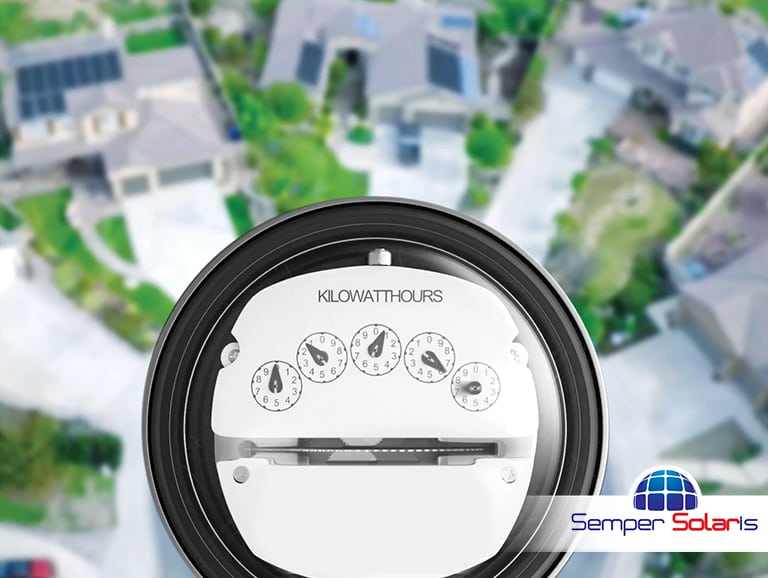
In the summer of 2023, the average electricity bill is expected to rise five to eight percent compared to 2022. Rising costs play a significant role in the decision for many consumers to switch to solar. However, what about when you need to use energy from the power grid? Understanding time of use rates and how they work will help.
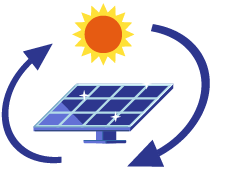
Time-of-use (TOU) rates are a type of billing system used by some utility companies to charge different prices for electricity based on the time of day. This means that during certain peak hours, when demand is high, you'll pay more for your electricity than you would during off-peak hours.
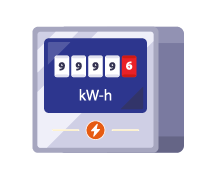
Understanding how your electricity company tracks your energy usage throughout the day is crucial if you want to maximize your energy savings with TOU rates. Many companies use smart meters to track your energy usage.
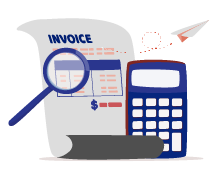
Time-of-use (TOU) rates are a pricing system offered by utility companies to encourage consumers to shift their energy consumption during peak and off-peak hours. The TOU rate structure divides the day into different periods based on customer usage patterns, typically three: on-peak, mid-peak, and off-peak. By taking advantage of lower rates during off-peak and super off-peak periods, you can avoid higher weekday rates when energy resources are in demand.

Peak hours are the time of day when electricity demand is at the highest. With TOU programs you’ll pay the highest rate during peak hours. These hours are generally during the late afternoon and early evening when more people are at home and consuming electricity.

When looking at pricing periods, mid-peak hours fall between peak demand and off-peak demand. During this time of day electricity rates are lower than during peak hours, but still higher than off-peak hours.

On the opposite side of things we have off-peak hours. This is the time of day it is cheapest to use electricity. Generally, off-peak hours fall during the night when most people are asleep and not actively using electricity.

If you're wondering what the cheapest time of day to use electricity is, it depends on where you live and what your utility's peak hours are. However, in general, the cheapest time of day to use electricity is usually between 9 PM and 7 AM. So consider shifting some of your energy usage to these off-peak times to save even more money with TOU rates.

It's also important to keep in mind that time of use rates change with the season. During the summer months, when air conditioning units are running more frequently and for longer periods of time, peak hours may be adjusted accordingly. The best way to stay informed about changes in TOU rates is to
regularly check with your energy provider or utility company and adjust your usage habits accordingly.
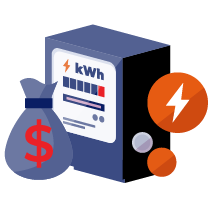
One of the primary benefits of time-of-use (TOU) rates is that they provide consumers with more control over their electricity costs. With TOU rates, electricity prices vary based on the time of day and season, which means you can save money by shifting your usage to off-peak hours when rates are lower.
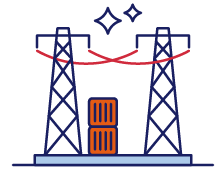
Another advantage of TOU rates is that they help reduce strain on the electrical grid during peak hours. By encouraging people to use energy during off-peak periods, utilities can avoid building expensive new power plants or transmission lines to meet demand during peak times.
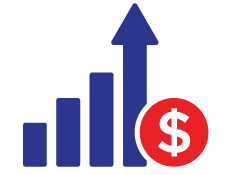
One major drawback is the potential for higher electricity bills during peak hours. This means that if you consume a lot of energy during peak times, such as in the evening when everyone is using their appliances and electronics, your bill could skyrocket compared to what it would be under a flat rate plan.

Another issue is the complexity of TOU rates. Consumers need to understand when and how usage charges change throughout the day and adjust their habits accordingly in order to see any real savings. This can be difficult for some people who are used to simply paying a flat rate each month.
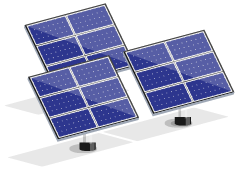
Time-of-use (TOU) rates can have a significant impact on the economics of solar power. Because TOU rates vary based on the time of day, homeowners with solar panels may be able to take advantage of higher electricity prices during peak hours with net metering by selling excess energy back to the grid.
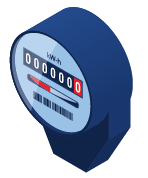
With time-of-use rates in place, it’s important to pay attention to how much energy is being produced and consumed during peak hours versus off-peak hours. If too much energy is being generated and sent back to the grid during off-peak hours but not enough is available during peak hours when rates are highest, homeowners may end up paying more for their electricity, even with solar panels installed.
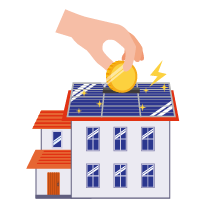
A great way to decrease your exposure to peak pricing on time-of-use rates is to invest in solar, and even more so to invest in solar-plus-storage. If you generate and store enough energy during off-peak periods using your solar panels and an energy storage system, you can use that stored energy during peak periods instead of buying it from the grid at a higher price.

The answer depends on your energy usage habits and lifestyle. If you tend to use most of your electricity during off-peak hours, then TOU rates could potentially save you money. However, if your energy usage is mainly during peak hours, then TOU rates may end up costing you more. It's important to evaluate your current energy consumption patterns before making a decision about switching to TOU rates.
Time of use rates can help you save money and know how to use solar panels for optimal
energy efficiency. However, before you switch to time-based billing, you should understand
all the factors. Don’t let electricity prices break the bank, start saving money by going solar
with Semper Solaris.
https://www.cbsnews.com/news/inflation-electricity-bills-higher-summer-2023/
https://news.energysage.com/understanding-time-of-use-rates/..
https://www.cnet.com/home/kitchen-and-household/yes-you-can-actually-save-money-by-using-electricity-at-these-specific-times-of-day/ .
https://www.utilitydive.com/news/an-emerging-push-for-time-of-use-rates-sparks-new-debates-about-customer-an/545009/.
https://www.energy.gov/femp/demand-response-and-time-variable-pricing-programs.
https://www.solarreviews.com/blog/what-are-time-of-use-rates-and-when-is-electricity-cheapest.
https://www.chooseenergy.com/news/article/time-use-pricing-fair-experts-weigh/.
https://www.sce.com/residential/rates/Time-Of-Use-Residential-Rate-Plans.